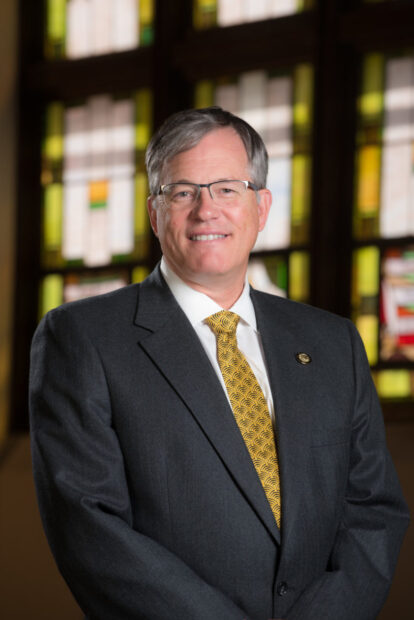Enrollment at the University of Idaho increased for the second consecutive year, eclipsing the 12,000-student threshold for the first time in five years.
On Wednesday, university officials announced that enrollment reached 12,072 students this fall. That’s up 2.4 percent from a year ago. In 2016, enrollment increased by 3.6 percent above 2015 levels.
University officials also said dual enrollment increased to 1,997 students, up 23 percent from last year. Dual enrollment is a state program that allows high school students to enroll in courses that earn university credits.

Speaking at a Buy Idaho luncheon Wednesday in Boise, University of Idaho President Chuck Staben told business executives that Idaho’s new direct admissions program is helping enrollment figures.
Now in its third year, the direct admissions program assures spots at state universities and colleges for qualified high school students, taking the guesswork out of the admissions process. Under that program, qualified high school seniors and their parents automatically receive letters from the State Board of Education guaranteeing their admission.
University of Idaho’s enrollment increase comes at the same time Boise State University is posting record enrollment numbers. Last week, Boise State officials announced they set an enrollment record with 24,154 students this fall. BSU officials also said they set records for first-year students and doctoral students as well.
The enrollment gains are playing out at a time when state lawmakers and State Board of Education members are pushing for higher postsecondary completion rates and investing in advanced opportunities designed to help students jumpstart their education at the K-12 level.
Under the state’s advanced opportunities program, public school students have access to $4,125 in state funding, which they can apply toward dual enrollment courses or other advanced opportunities.
Idaho’s top policy makers have been pushing for years to see 60 percent of the state’s young adults earn some type of postsecondary degree or certificate by the year 2020. Facing a shortfall of the state’s initial 60 percent goal, Gov. Butch Otter’s higher education task force last month pushed back the timetable for hitting that goal to 2025.
